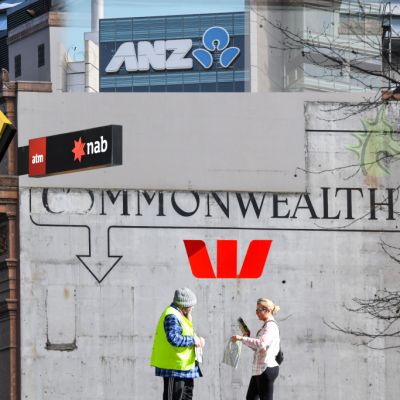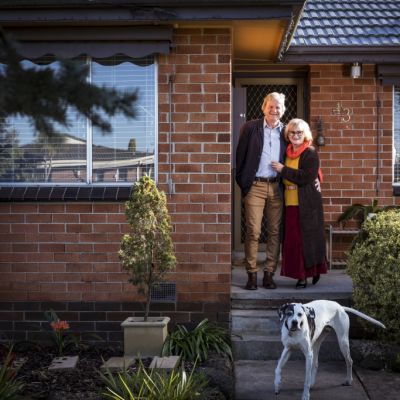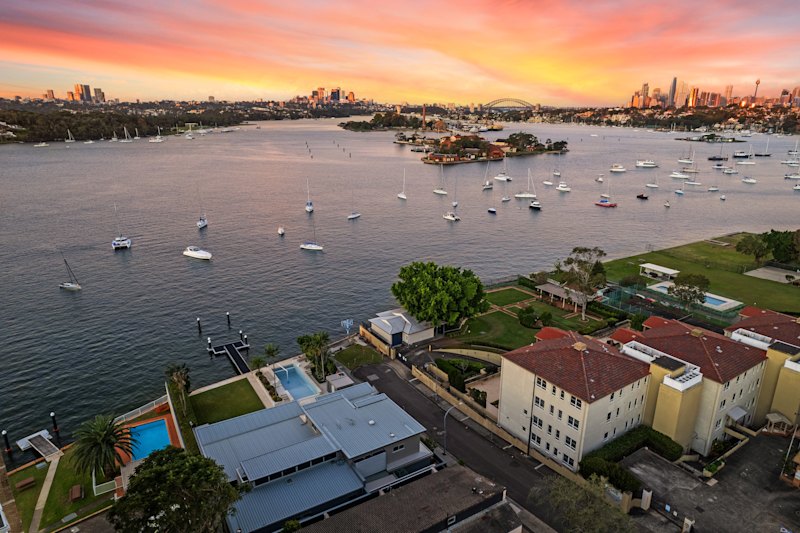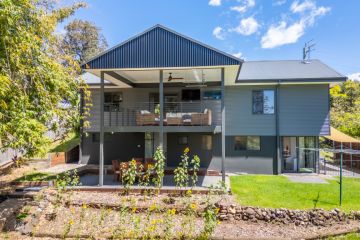Rate of property price falls slowing across Australia, except in Melbourne: CoreLogic figures
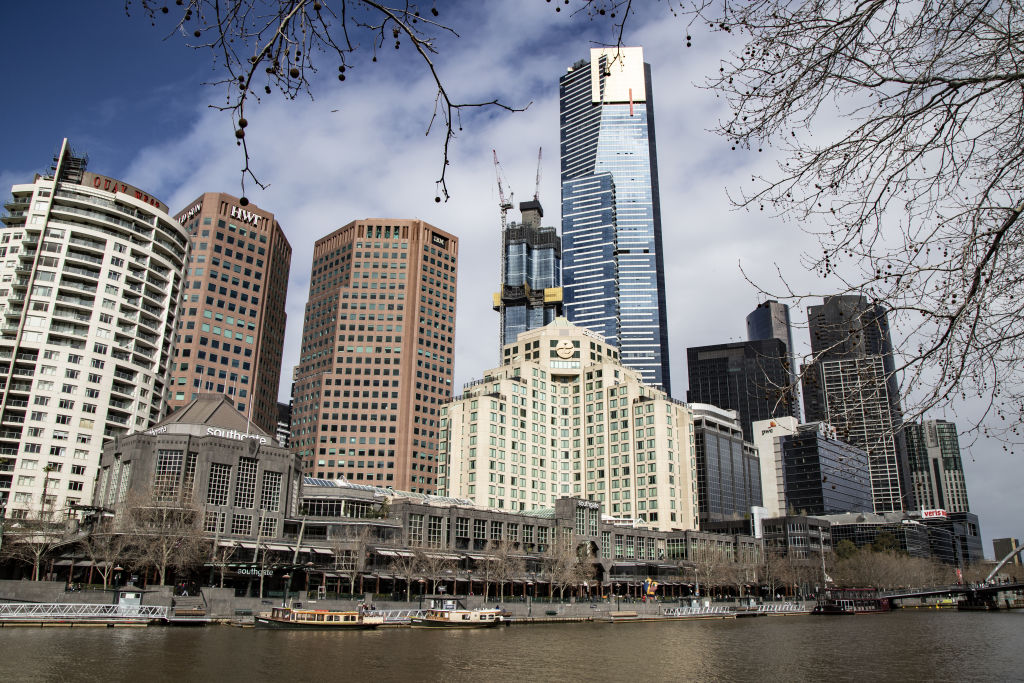
Australian property prices are continuing their downward slide, but new figures show the pace of price falls is slowing, with values even rising across some capital cities.
National home values fell 0.4 per cent in August to a median of $552,689, according to the latest CoreLogic Home Value Index released on Tuesday, marking the fourth month of price declines amid the coronavirus pandemic.
Melbourne, in the midst of a tough stage four lockdown, recorded the biggest drop in dwelling values, falling 1.2 per cent – for the second month in a row – to a median of $667,520.
However, the rate of decline eased elsewhere, with five of the eight capital cities recording steady or rising values over the month.
Melbourne housing values, which have now fallen 4.6 per cent since the pandemic began, were the main drag on the national result, said CoreLogic’s head of research Tim Lawless.
“It’s not surprising to see Melbourne as the weakest housing market considering the extent of the virus outbreak, and subsequent restrictions, which have weakened the economic performance of Victoria,” he said.
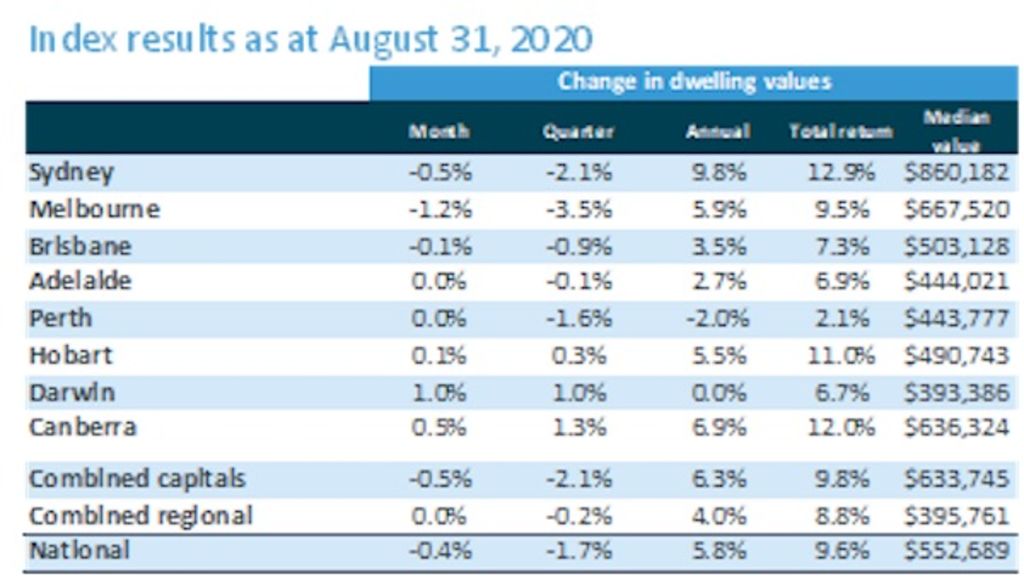
Mr Lawless said the performance of housing markets was intrinsically linked with the extent of social distancing policies and border closures, which also had a direct effect on labour market conditions and sentiment. He added that demand for property in Melbourne had also been harder hit by the stall in overseas migration.
Sydney and Brisbane were the only other capitals to see prices fall in August, with their medians down 0.5 per cent and 0.1 per cent respectively. Even still, their declines were more subdued than their falls of 0.9 per cent and 0.4 per cent the previous month.
Hobart and Darwin returned to price growth with values up 0.1 per cent and 1 per cent, and Canberra continued to see prices rise, with values climbing a further 0.5 per cent in August.
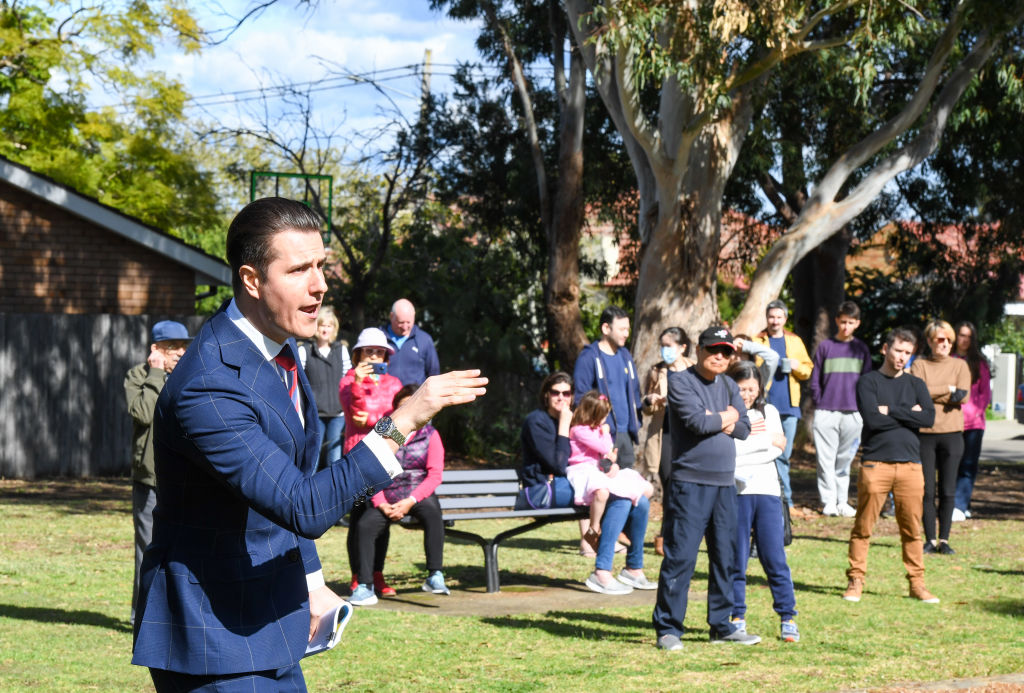
Domain senior research analyst Nicola Powell said the high level of secure public sector employment in the ACT had enabled stability and price growth in the capital’s housing market, truly creating a “Canberra bubble” throughout the pandemic.
She said the Darwin market could be benefiting from increased demand amid the pandemic as fewer locals left the region to work in other capitals.
Elsewhere, prices remained flat in both Adelaide and Perth, and also held steady across regional Australia with a median of $395,761.
“Unlike their capital city counterparts, which usually receive 85 per cent of net overseas migration, most regional markets have avoided the drop in demand caused by the pause in migration,” Mr Lawless said.
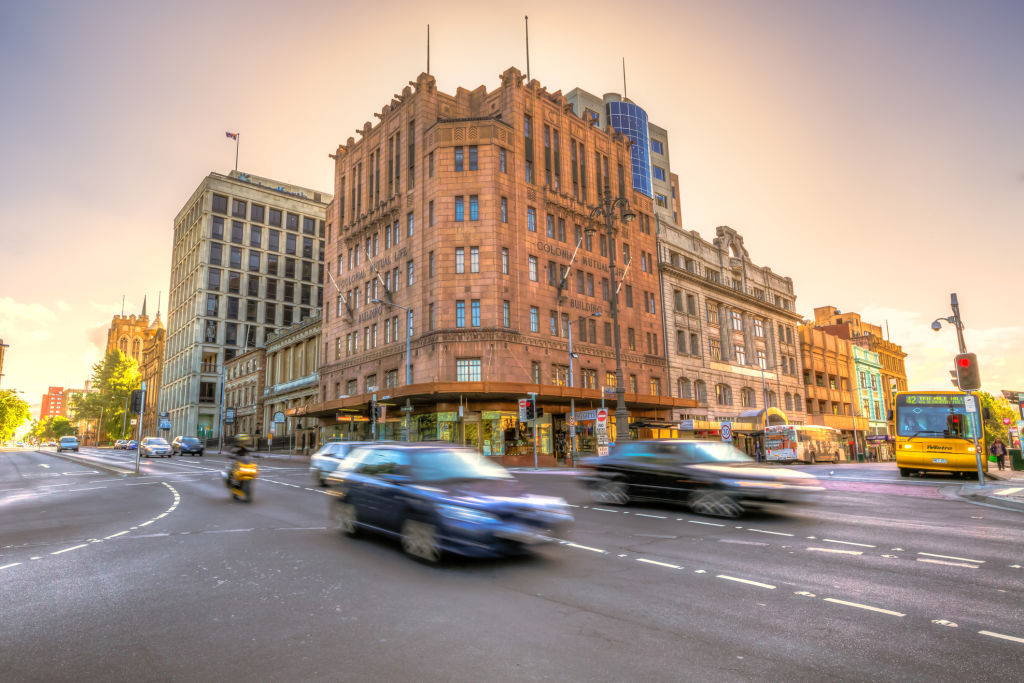
The rise of remote working, along with lower price points and lower population density, could also be driving demand and supporting prices in regional areas, he added.
Lower listing volumes had been a key factor in preventing significant prices falls across Australia overall, Dr Powell said.
CoreLogic figures show the number of new listings fell 11.5 per cent over August, after rebounding in previous months, with sales also trending slightly lower.
Consumer sentiment also took another hit with the Westpac-Melbourne Institue index falling 9.5 per cent in August, which Dr Powell attributed to the second wave of the coronavirus crisis and tougher restrictions in Melbourne.
“For consumers, it was a stark reminder that any of us could go into lockdown again … it showed how vulnerable the situation is,” Dr Powell said.
“Consumers are thinking that prices are going to fall further, but I think more consumers are also thinking now is a good time to buy … because of that increased affordability.”
Nationwide, more affordable segments of the market – supported by increased first-home buyer demand – continued to hold their value better than the top end of town.
The difference was starkest in Melbourne and Sydney, where prices in the upper quartile have fallen 7 per cent and 3.3 per cent during the pandemic, while the lower quartiles dropped 2 per cent and 0.7 per cent respectively.

However, this sector of the market also recorded lower price growth in the lead-up to the pandemic, with the upper end of the market typically leading both upswings and downturns.
Mr Lawless added that had been no evidence to date of a spike in urgent or distress listings, but warned this could change as fiscal support starts to taper at the end of September – with JobKeeper and JobSeeker rates to be reduced – and distressed borrowers who took a repayment holiday reached their six-month check-in.
“The timing of these two events could be the catalyst for a gradual rise in distressed listings, which will be an important trend to monitor,” Mr Lawless said.
“If we do see active listing numbers rising to be higher than previous years, it could signal that vendors will need to offer up greater discounts in order to sell their home.”
Looking forward, he expected to see diverse results for housing markets across Australia, determined by how well the virus was contained and a region’s exposure to other factors such as reliance on overseas migration as a source of housing demand.
We recommend
We thought you might like
States
Capital Cities
Capital Cities - Rentals
Popular Areas
Allhomes
More
- © 2025, CoStar Group Inc.
